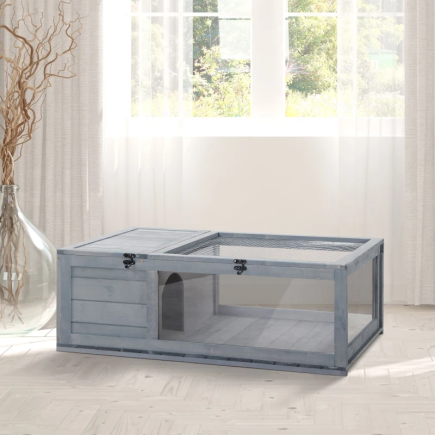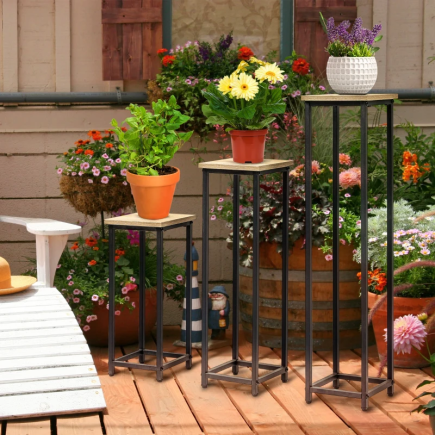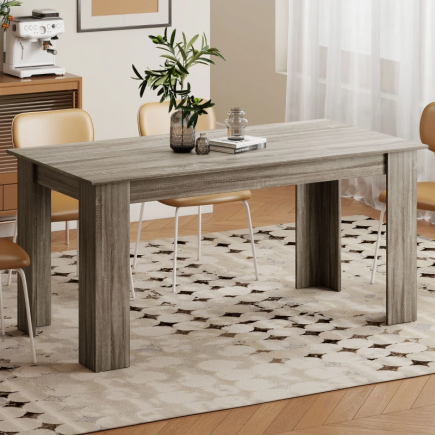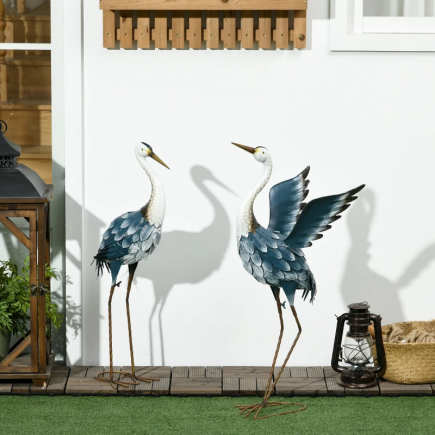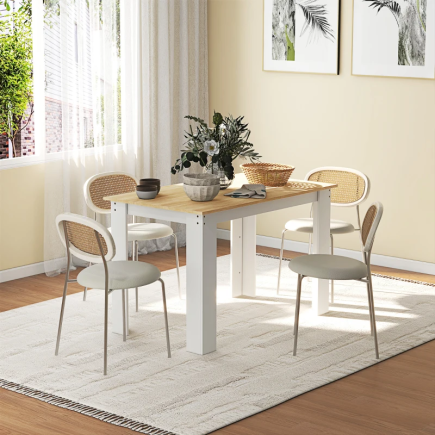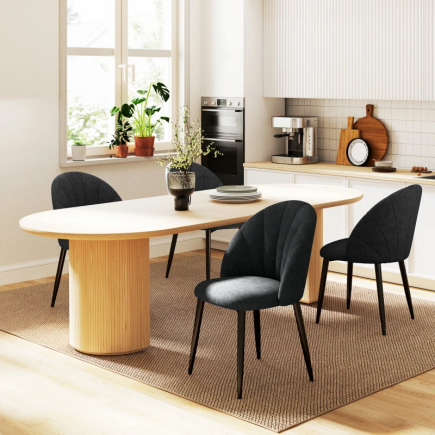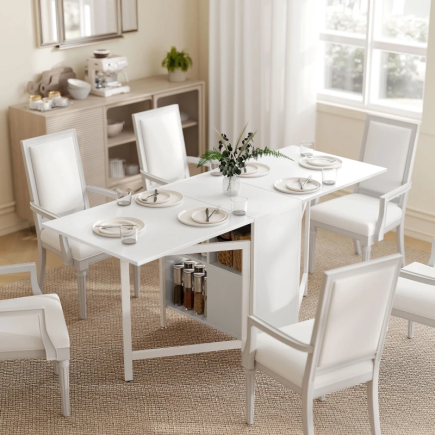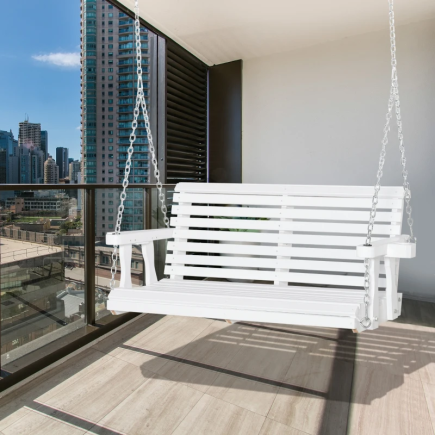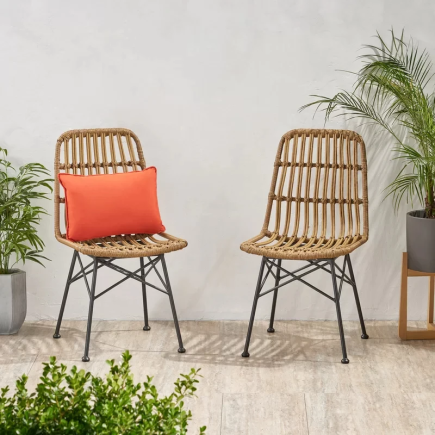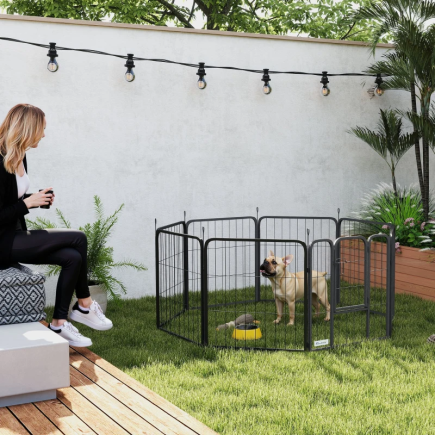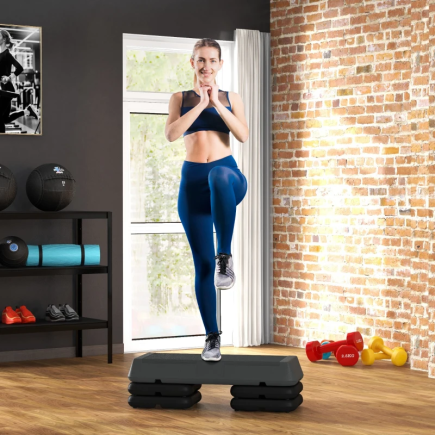When it comes to playing the piano, the bench you choose can make a world of difference. While the piano itself takes center stage, the piano bench plays a pivotal role in ensuring comfort, maintaining proper posture, and providing stability during your playing sessions.

Whether you’re a beginner, intermediate player, or professional, selecting the right piano bench is crucial for an optimal playing experience. This guide covers everything you need to know when choosing the ideal piano bench.
Step 1: Consider the Type of Piano

Before you decide on a piano bench, it’s important to consider the type of piano you have. Different pianos have different requirements when it comes to bench height.
Grand Piano
- Ideal Bench Height: 18 to 22 inches.
- Reason: Grand pianos require a higher bench because they are positioned at a higher angle. This allows you to maintain the right arm position and allows the pianist to easily reach the keyboard.
Upright Piano
- Ideal Bench Height: 17 to 21 inches.
- Reason: Upright pianos are closer to the player, so the bench doesn’t need to be as high. A lower bench helps you maintain a more relaxed posture while reaching the keys comfortably.
Digital Piano
- Digital pianos are generally more flexible in terms of placement, so any standard bench that supports proper posture will suffice. However, an adjustable bench is still a good option to ensure the correct height.
Step 2: Adjustable vs. Fixed Height Benches

Piano benches come in two basic styles, adjustable and fixed height. Your choice will depend on personal preference, how often you use the bench, and whether other people will be using it as well.
Adjustable Height Benches
- Pros:
- Provides flexibility for users of different heights.
- Ideal for households where multiple people are using the same piano.
- Allows for proper ergonomic positioning to prevent strain.
- Cons:
- Typically more expensive.
- Slightly less stable than fixed height benches.
Adjustable benches are a great option for families, teachers, or anyone who shares the piano with others. They allow you to easily adjust the height, promoting better posture and comfort.
Fixed Height Benches
- Pros:
- Simple and stable design.
- More affordable.
- Strong and robust, ideal for long-term use.
- Cons:
- No height customization.
If you don’t plan on sharing the bench and you prefer a stable, no-fuss option, a fixed-height bench may be more suitable. These benches are generally more durable and provide the ultimate in stability.
Step 3: Comfort and Padding

Comfort is key when choosing a piano bench, especially for long practice sessions. The more comfortable the bench, the better your playing experience will be.
Padding Options
- Memory Foam: Offers excellent support and contours to your body. Ideal for extended sessions, memory foam will reduce fatigue.
- Leather and Faux Leather: Durable and easy to clean. Leather benches are ideal if you want something that’s both stylish and comfortable.
- Velvet Upholstery: Soft and luxurious but requires more maintenance as it can attract dust and dirt.
When evaluating a bench, sit on it for a few minutes to test its comfort. It should support your thighs, lower back, and arms to avoid discomfort during long playing sessions.
Cushioning and Fabric
- Firm Padding: Provides more support for posture, which is especially important for serious pianists.
- Soft Padding: Ideal for those who want maximum comfort for short practices or casual playing.
Step 4: Stability and Durability

A stable piano bench is crucial to ensure that you don’t experience any distractions or discomfort during your performance. A wobbly bench can lead to poor posture and even cause injuries over time.
Leg Design and Material
- Wooden Legs: Traditional wooden benches offer a classic look and feel while providing sturdy support. Ensure the wood is solid to avoid any wobbles.
- Metal Legs: A metal frame may be lighter but can still offer stability if built properly. Metal frames are often more suitable for heavier-duty use.
- Crossbars: A crossbar adds stability to the bench and helps distribute weight more evenly, preventing wobbling or tipping.
Foot Design
- Non-Slip Feet: Make sure the bench has non-slip feet to avoid any sliding. Rubber feet are typically a good choice as they keep the bench firmly in place.
If you plan to use the bench for intense practice or performances, you may want to prioritize a heavy-duty model that can withstand frequent use without losing stability.
Step 5: Design and Aesthetics
While functionality is paramount, the design of the piano bench can also enhance the overall look of your space. The bench should complement your piano and the room where you play.
Traditional Wooden Bench Design
- Ideal for grand pianos or upright pianos with a classic look and this Classic Piano Bench shows aesthetics to its lovers!
- Wooden benches with a rich, polished finish provide an elegant and timeless aesthetic.
Modern Design
- Minimalist and sleek, perfect for digital pianos or contemporary décor.
- Often features simple, clean lines and may come in materials like leather, metal, or high-quality wood finishes.
Color Considerations
- Black: A classic and versatile choice that works well with almost any piano finish.
- Wood Finishes: Natural wood can add warmth to the space and complement traditional pianos.
- White: Perfect for more modern or minimalist designs, though it may require more upkeep.
Step 6: Space Considerations

If your space is limited, consider a more compact option such as a piano stool or an adjustable bench that can be tucked away easily when not in use.
Storage Benches
Some piano benches come with storage compartments under the seat. These are useful for storing sheet music, piano accessories, or other essential items.
- Pros of Storage Benches:
- Keep your music and accessories within easy reach.
- Helps keep your space tidy and organized.
- Ideal for pianists who need a convenient place for storing music books or other essentials.
Step 7: Additional Features to Consider
In addition to the standard features, some piano benches come with extra functionalities that may benefit you based on your specific needs.
Duet Benches
A duet bench is a wider bench designed to accommodate two pianists sitting side by side. It’s perfect for duets or for parents who wish to sit alongside their children during practice.
- Pros: Provides more space for two players, ideal for families and teaching scenarios.
- Cons: Takes up more room, so it may not be suitable for smaller spaces.
Footrests
For younger pianists or individuals with shorter legs, a footrest can be crucial for maintaining proper posture. The footrest supports the feet, helping the player maintain the right height relative to the piano.
Step 8: Weight Capacity
Be sure to check the weight capacity of the piano bench, especially if you are a heavier player or plan to use the bench for extended periods.
- Standard Bench Capacity: Most benches support 250-350 lbs.
- Heavy-Duty Benches: Some models are designed to support 400 lbs and more, offering extra durability.
Make sure the bench is sturdy enough to support your weight and won’t lose stability during use.
Step 9: The Right Bench for Different Pianists

For Beginners
A simple, adjustable bench with ample padding is perfect for beginners. You don’t need a high-end model, but comfort and adjustability are key.
For Intermediate Players
As you progress in your piano skills, look for a sturdy, Adjustable Bench with comfortable padding. A bench with a clean design that matches your style and provides better support for extended practice sessions is ideal.
For Professional Pianists
Professional pianists should invest in a high-quality bench with luxurious padding and a solid, durable frame. Bench height adjustability and storage compartments can also be helpful for long-term comfort and organization.
Choosing the right Piano Bench is essential for maintaining proper posture, ensuring comfort, and enhancing your overall playing experience. By considering factors like bench height, padding, stability, and design, you can find a bench that suits your needs and helps you play better.
FAQs
1. What is the ideal bench height for my grand piano?
For a grand piano, the ideal bench height is between 18 and 22 inches. This allows for proper arm positioning, helping you reach the keys comfortably. Ensure the bench height complements your arm angle for an ergonomic playing posture.
2. Should I choose an adjustable or fixed-height bench?
If multiple people will use the bench, an adjustable height bench is ideal for flexibility. Fixed-height benches are more affordable and stable but offer no height customization. Choose based on your usage and preference for stability versus adjustability.
3. How do I test the comfort of a piano bench?
Sit on the bench for a few minutes to assess its comfort. Ensure it supports your thighs, lower back, and arms for longer practice sessions. Opt for memory foam or leather for durable, comfortable padding.
4. What type of leg design should I choose for stability?
Wooden legs offer traditional, sturdy support, while metal legs are lighter and more modern. Look for crossbars for added stability and non-slip feet to prevent slipping during use.
5. What should I consider if I have limited space?
If space is tight, consider a compact adjustable bench or one with storage. Storage benches are practical for keeping sheet music and accessories handy while keeping your space organized.

